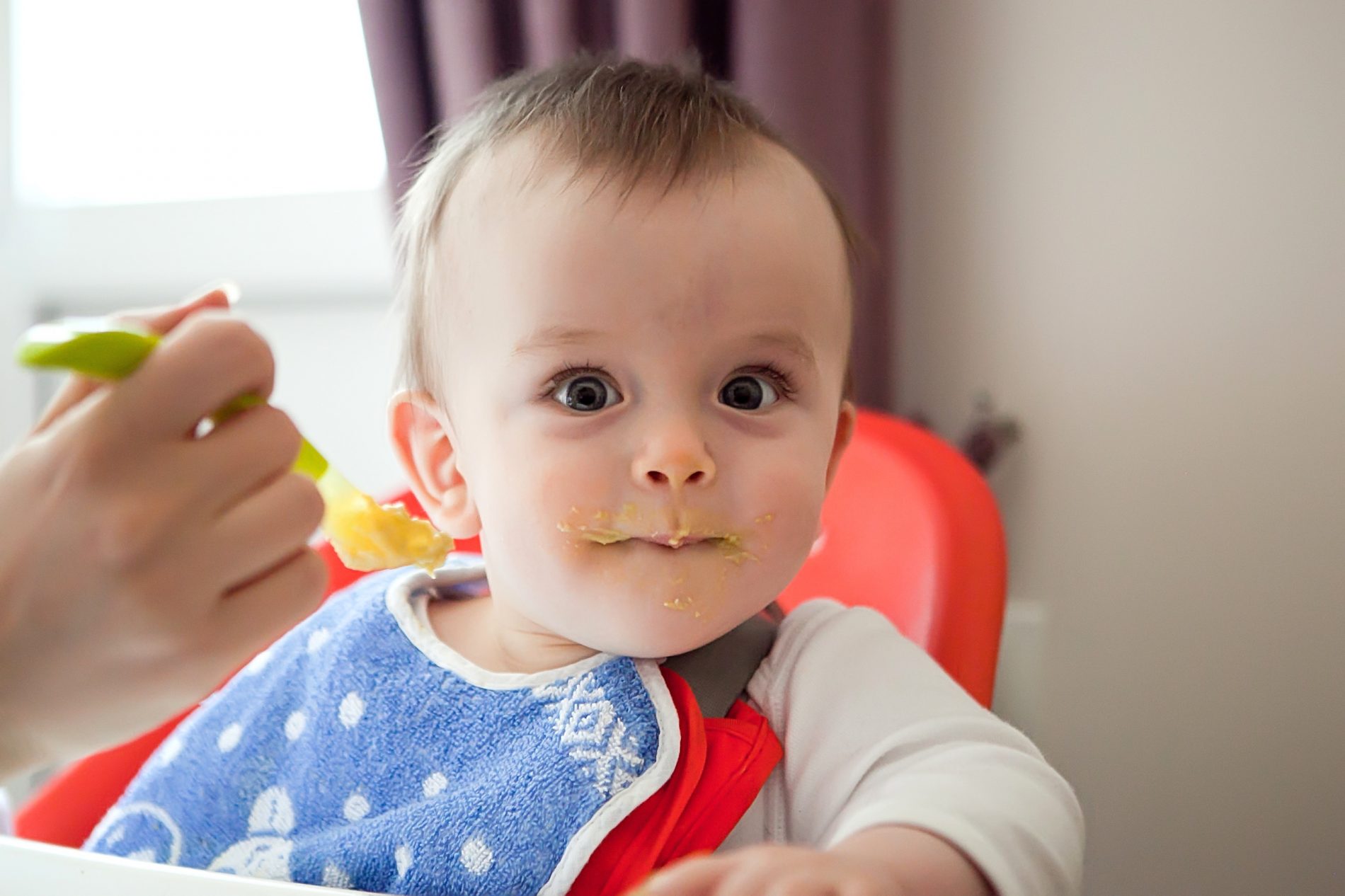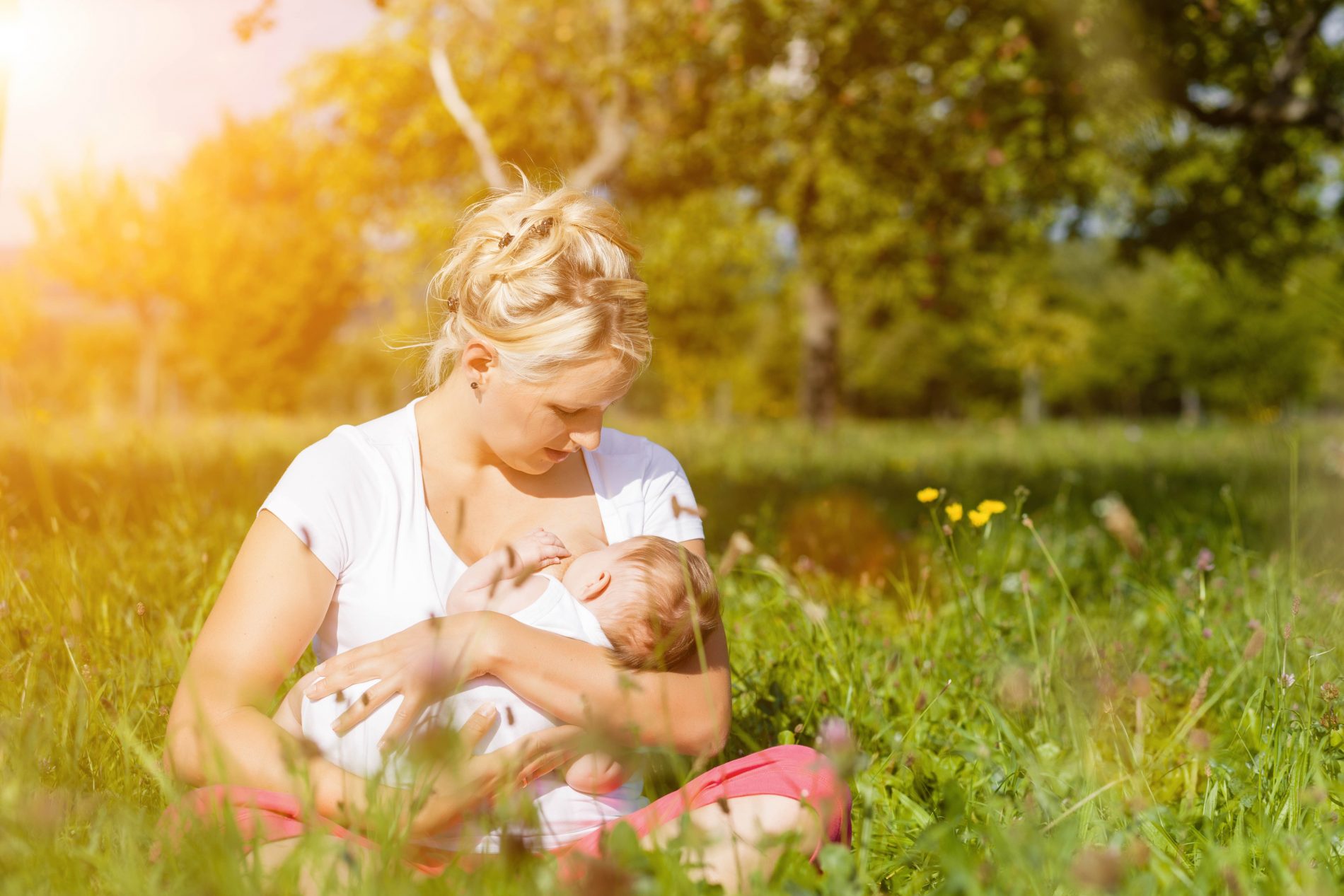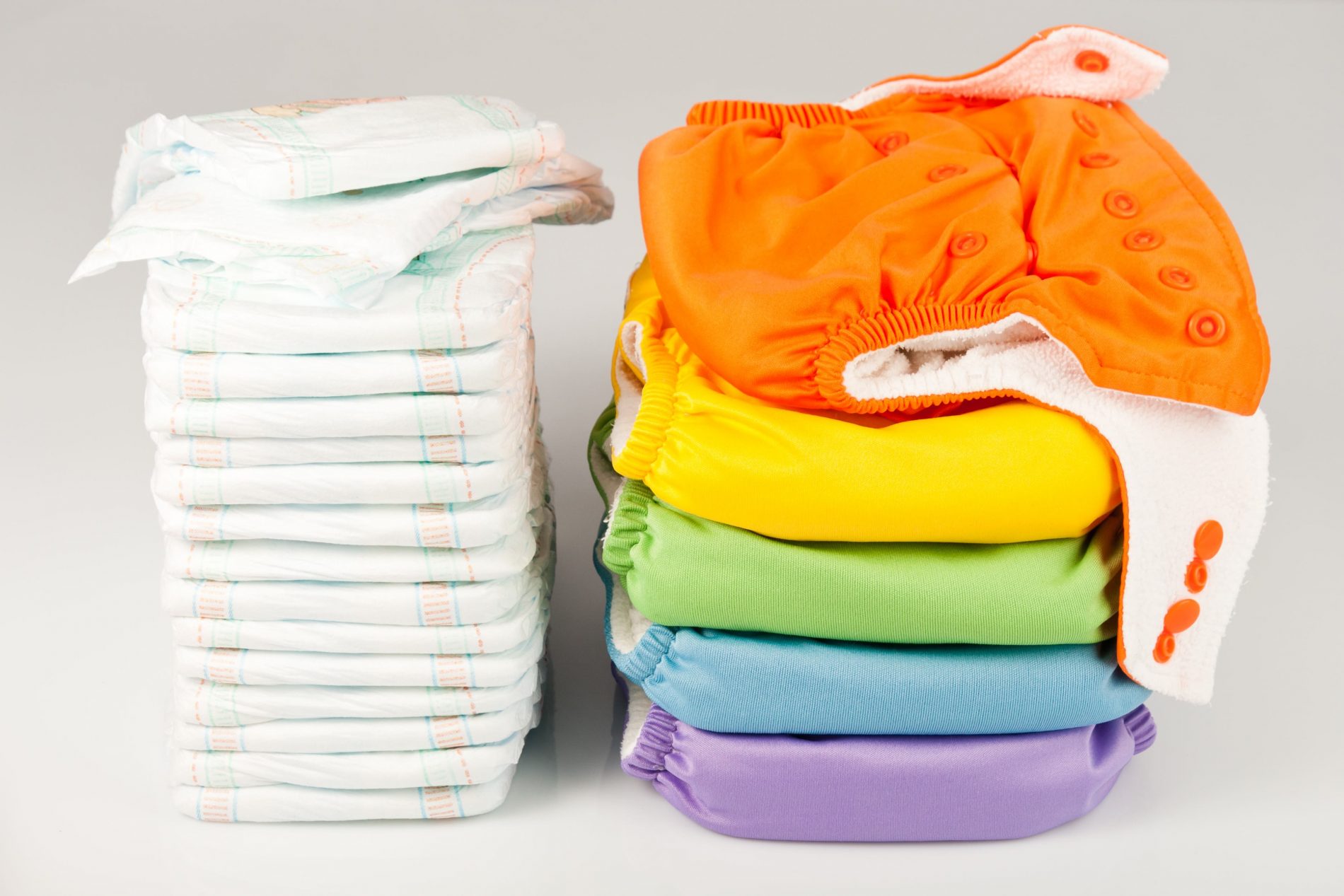We have headed into a new year where anything is possible! We can leave behind all the things that didn’t go the way we wanted them to and move forward with a fresh outlook. This is especially true if you’ve been struggling to conceive. Let the struggle of the past year go, take a deep breath, and look forward to the possibilities of the new year just beginning.
If you want the best chances of getting pregnant in 2019, put BABY into practice:
B: Boost Your Cholesterol
Most of us have heard all our lives that we need to lower our cholesterol, but that is not a good idea, especially if you want to get pregnant and carry a baby to term. Contrary to popular belief, cholesterol is good for you. It is the building block of hormones like progesterone, the baby making hormone. Without progesterone it is difficult to get pregnant and stay pregnant. Without cholesterol, you can’t make progesterone, click here to learn more!
Action steps:
- Have your doctor check your cholesterol levels.
- Add cholesterol rich foods to your diet such as eggs, liver, butter, and full fat dairy (just don’t use ultra-pasteurized dairy).
A: Assess Your Iodine Levels
Iodine is important for thyroid hormones which you need for a healthy pregnancy. Thyroid hormones support nearly every cell in the body including the central nervous system and developing brain of a fetus. If a mother is deficient in iodine it can affect the IQ and brain function of the baby. Iodine deficiency can also be a factor in fibroids, endometriosis and polycystic ovarian syndrome. For more information, click here to read iodine-friend or foe.
Action steps:
- Ask your doctor for an iodine loading test. This is a urine test, not a blood test. You can also order a test yourself by clicking here.
- Eat iodine rich foods like seaweed, shellfish, fish, and full fat diary. An easy way to start is to sprinkle kelp flakes on foods. Supplements may be needed but it is best to work with a knowledgeable physician when taking iodine supplements.
B: Banish The Toxins
We are exposed to numerous toxins from food, plastic, personal care products, cleaning products, weed killer, fire retardant clothing…the list is endless. The problem with all these toxins is that many are endocrine disruptors which means they mess up your hormones which can make it difficult to get pregnant. It may take a while to banish them all so the important thing is to just start somewhere.
Action steps:
- Click here for my free getting started guide to eliminating toxins in skincare products and food.
- Get a copy of The Switch Diet available on Amazon for a more detailed step by step guide.
Y: Yield To A Time Out
Stress is something we all face, but if we don’t manage it well, it can derail our best efforts to get pregnant. Stress can come from relationships, finances, our to-do list, and even from our own unmet desires. It’s good to take a time out periodically to get a new perspective, recharge, and let go.
Action steps:
- Schedule some time every day to relax, breathe, and meditate. Click here to learn more about the benefits of meditation.
- Look at your schedule. Is there anything you can say no to?
- Take a break from scheduling (sex) and tracking (cycles) if it’s creating tension in your relationship.
- Do something fun every day.
If you remember BABY, you’ll be well on your way to a healthy pregnancy. If you’d like more support on your journey to becoming a mom, click here to join or get more details about my Baby-Ready Body Academy which will be open for enrollment on January 20th.
Annette Presley RD, LD, is a functional nutritionist, author, speaker, and entrepreneur. She enjoys helping people live their lives well so they can stay out of hospitals and spend more time with their families and doing the things they love.






 Dr Bernadette Vecchio, DC
Dr Bernadette Vecchio, DC